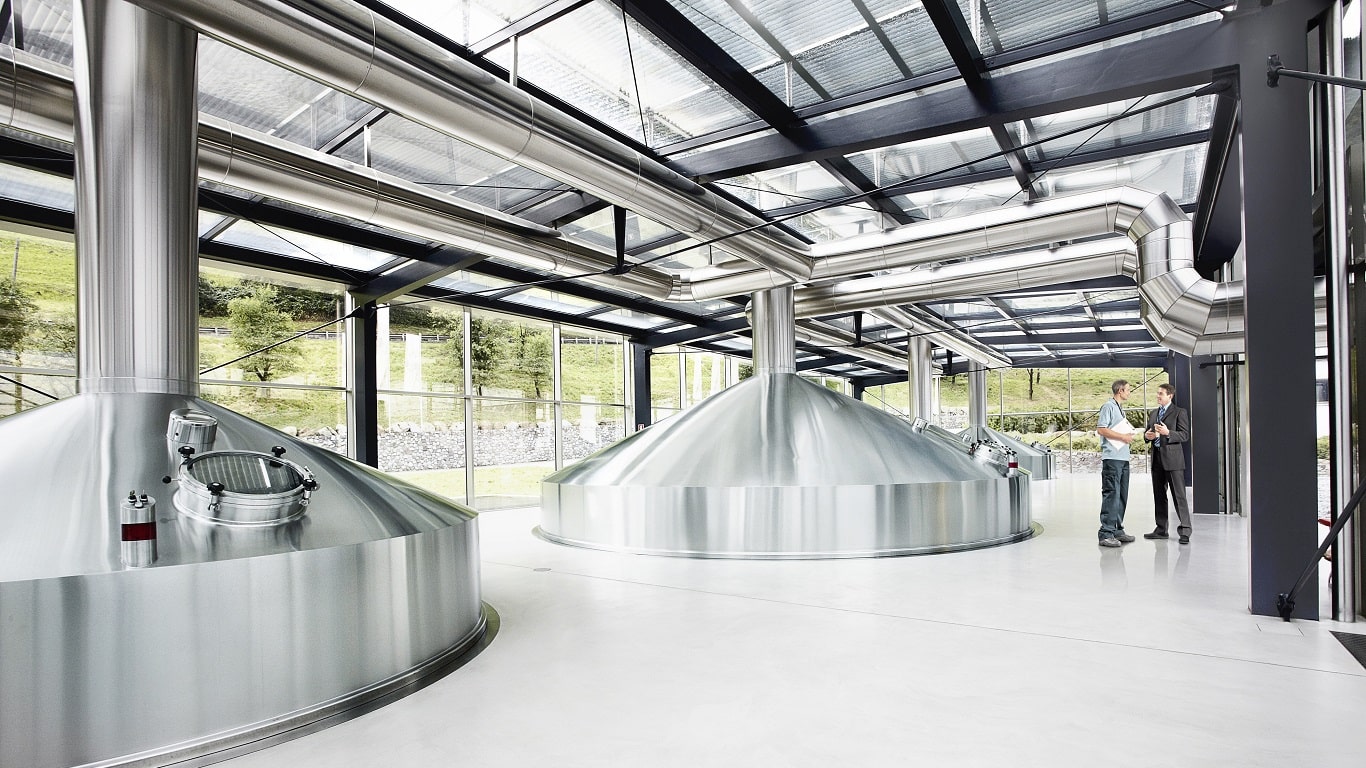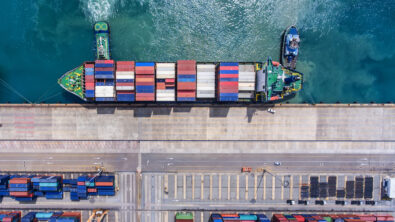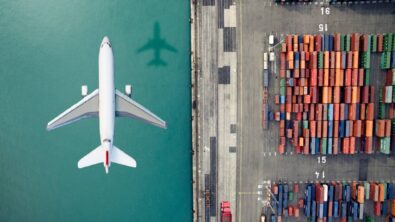Thirsting for predictability

How a beverage manufacturer is crisis-proofing its logistics during the pandemic
Restaurants and catering shut down, parties and events canceled: The effects of the coronavirus crisis have been particularly challenging for the beverage industry. Volumes have been extremely volatile since the pandemic began – in an industry whose logistics was already fragmented and complex to begin with. What options are available for quickly adapting current delivery processes and structures to this extraordinary situation? How can a long-term reduction in distribution costs be achieved? And how will it be possible to still earn money under such conditions?
The closure of restaurants during the lockdown was a heavy blow to the beverage industry – including our customer. From one day to the next, existing orders were canceled and new orders collapsed, prompting the need for an immediate response. The pandemic made it clear that a quick rethinking of logistics structures, while difficult, was urgently needed.
Solutions for dealing with unpredictable demand
The company, with a modern production facility in Germany, turned to Siemens Digital Logistics for consultation. Our challenge was to quickly develop possible logistics solutions in response to demand scenarios that could not be predicted – while lowering distribution costs. An ambitious project. Since no one can know for sure how the economy will actually perform or restrictions on events and restaurants will unfold in the coming months, we looked at all possible scenarios.
Could the situation be improved by adjusting delivery intervals? What would be the effect of further expanding delivery windows? How would service and logistics costs be impacted if distribution were outsourced?
Reliable forecasting with the digital twin
We analyzed all these scenarios with the digital twin, a consulting tool that makes it possible to fully simulate how changes and adjustments to logistics will affect a network – using existing data, sites, and distribution structures. We began with the sales forecasts for the years 2020 to 2024.
Using this data, we not only examined various volume trends and logistical models, we also looked at their potential for cutting costs. Some findings from our analysis:
- Adjusting delivery intervals
Adjusting the frequency of deliveries can cut distribution costs by 4-5%. This measure also introduces a flat-rate delivery charge for customers whose average stop costs are above a defined target value. - Expanding delivery windows
The windows of possible delivery times are expanded to enable more efficient route planning. This yields a savings potential of 0.5-1.5%. - Optimizing the deployment of personnel
Improving how drivers and warehouse personnel are deployed (two-person tours) offers potential costs savings of 2-3%. Stops that meet certain criteria are combined wherever possible and reasonable. - Outsourcing
Minimizing costs through an optimized mix of insourced and outsourced distribution: Letting beverage wholesalers handle deliveries to remote regions allows for cost savings of 2-3%. - Adding delivery locations
Setting up additional delivery locations does not achieve any cost savings. The location and function of the existing hub is already optimized.
Running existing data through the digital twin produced a comprehensive plan of action in just eight weeks. The findings give our customer the ability to react to unforeseeable market developments quickly and, above all, in a manner appropriate to the situation. Our customer is now even equipped to plan for the possible effects of another lockdown.
Today, the beverage manufacturer is able to scrutinize distribution costs for every customer and article, broken down by procurement, warehouse handling, and tour – in any scenario.


